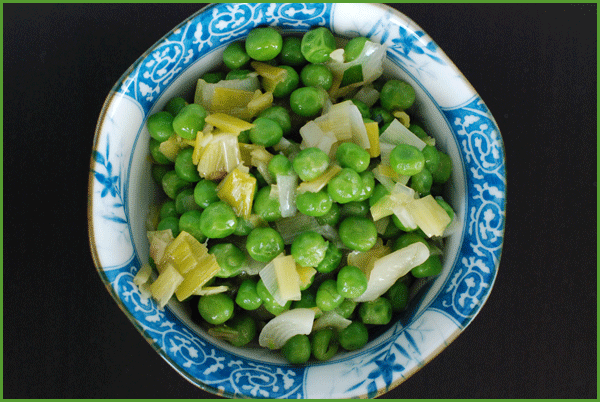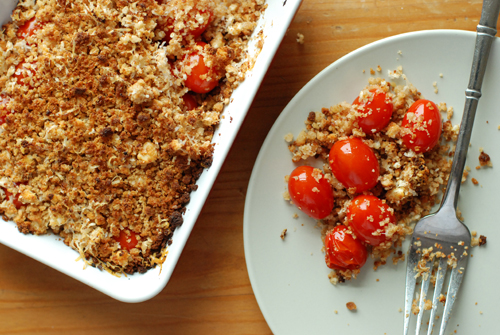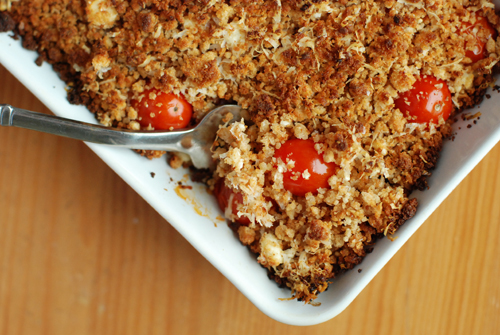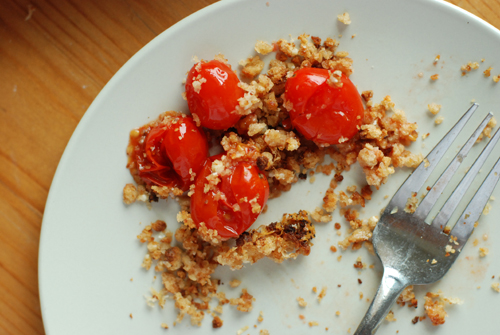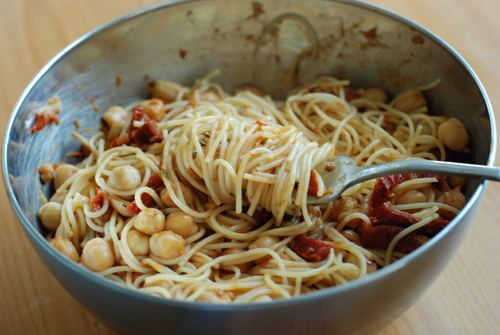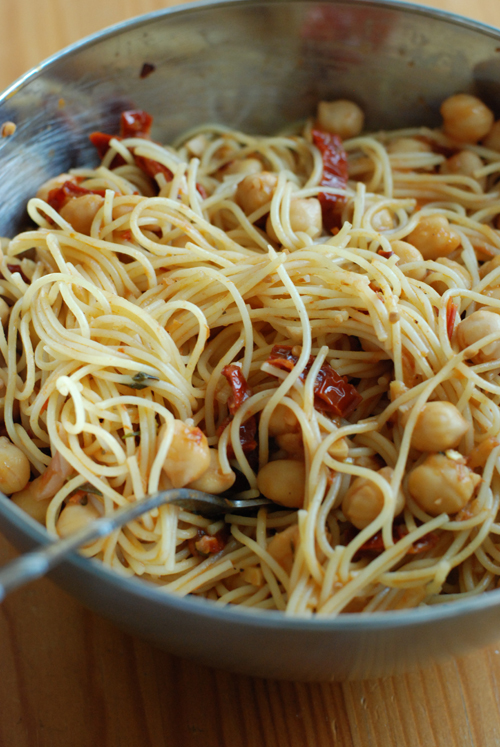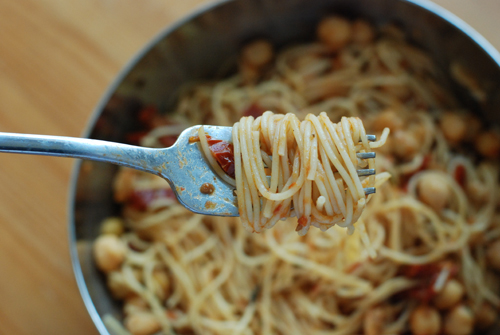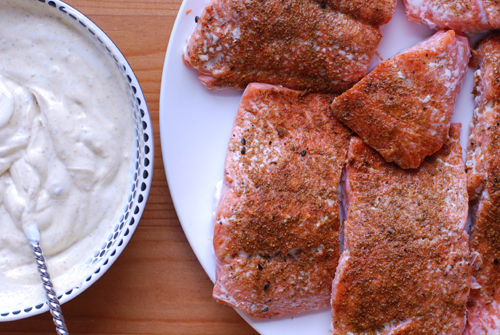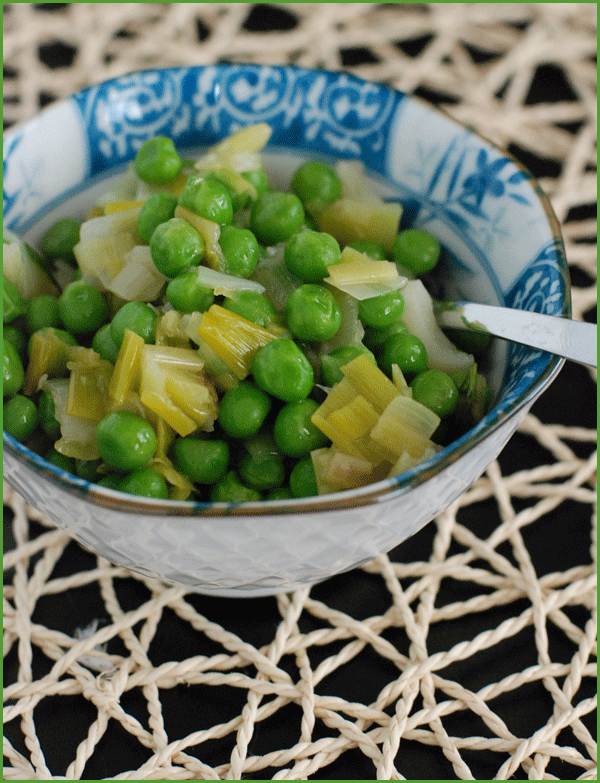 This isn't the recipe I planned to share with you today. There's a recipe for a cookie that I absolutely adore, that I was sure I posted last July. Thing is, I've been searching and searching for it on this site, but it seems either to have gone missing or to have never been posted. I'm still totally confused about where it's gone, but I'm getting to the bottom of this and will post the recipe later this week...so stay tuned.
This isn't the recipe I planned to share with you today. There's a recipe for a cookie that I absolutely adore, that I was sure I posted last July. Thing is, I've been searching and searching for it on this site, but it seems either to have gone missing or to have never been posted. I'm still totally confused about where it's gone, but I'm getting to the bottom of this and will post the recipe later this week...so stay tuned.
In the meantime, peas, anyone?
Fresh peas a staple of springtime, on the menus of every restaurant in the city, and when they're really fresh, they're amazing. But I mean really fresh. Like, 1 day old or less. Sometimes, you get a lucky batch of pods, and the peas inside are small and young enough that they never take on that starchy texture or lose their sweet, clean flavor. But generally, fresh peas are hit-or-miss if you buy 'em more than a couple days out. That's why this recipe calls for frozen peas (*collective sigh of relief*).
Traditional partners for peas include mint, which I adore, and tarragon, which is a relatively new friend of mine. Tarragon is incredibly intense. It smells of a cross between fennel, anise, and basil. And it ain't messin' around -- so use it sparingly. For 2 pounds of peas, I used between 1/2 and 1 teaspoon of chopped tarragon. Start small, and only add if you really can't taste it. Trust me...you'll know if it's there.
Also, a word about leek confit, which you'll make as the basis of this dish: it's a gift to mankind. It makes everything taste good, from rice to chicken to hell, some plain ricotta. Think of it as next-generation caramelized onions. And then go play around.
Peas with Leeks and Tarragon serves 6
2 large leeks 3 tablespoons butter 1 tablespoon olive oil 1-2 pounds frozen peas 1/2-1 teaspoon tarragon salt and pepper
Slice leeks lengthwise into quarters, then slice crosswise into small pieces. Transfer leeks to a strainer and rinse carefully, making sure all the dirt comes out. Leeks are often covered in dirt, and cleaning them already chopped is definitely the easiest way.
Shake leeks dry. In a large saute pan over medium heat, melt butter with olive oil. Add leeks, and cook, stirring occasionally, until they start to soften and get pale. Turn heat down to medium-low and continue to cook until leeks have really softened and some have turned golden, about 20 minutes. Add a pinch or two of salt.
When leeks are very soft, add peas, still frozen is fine. Cook until peas are warmed through, stirring regularly to make sure heat gets evenly distributed. If too much liquid collects in the bottom of the pan, turn heat back up to medium to boil it off. When peas are warm and liquid has been mostly reduced, add tarragon and stir through. Taste, then adjust for tarragon and salt levels. Finish with a couple grinds of black pepper, and serve immediately.
If you want to serve these as an appetizer, toast some slices of baguette; smear them with some good ricotta; and smash some of the peas overtop.
